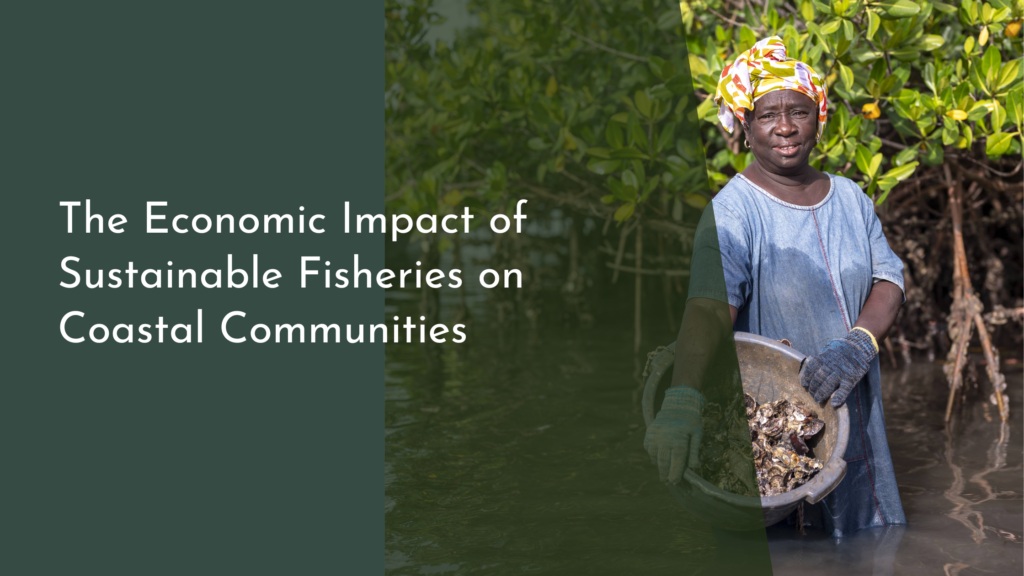How Urban Forestry Can Reduce Heat-Related Mortality
As cities around the globe continue to grow and expand, the challenge of heat-related mortality becomes increasingly pressing. Urban areas often experience the "heat island effect," where built-up environments cause temperatures to rise, leading to significant health risks, especially for vulnerable populations. Fortunately, urban forestry emerges as a powerful strategy to mitigate this issue, providing not just aesthetic beauty but also crucial environmental benefits. By integrating trees into our cities, we can create cooler, healthier spaces for everyone.
Urban forestry encompasses the planting and maintenance of trees in metropolitan areas, offering a myriad of advantages. From improving air quality to enhancing urban aesthetics, trees play a vital role in creating livable cities. Most significantly, they contribute to regulating temperatures, which can help reduce heat-related mortality, particularly during extreme heat events. Engaging with local communities to promote urban forestry initiatives can foster a sense of ownership and pride, making neighborhoods greener and more inviting.
The Cool Benefits of Urban Trees for City Dwellers
Urban trees are nature’s unsung heroes, offering a range of cool benefits to city dwellers. They help lower ambient temperatures by providing shade and releasing moisture through a process known as transpiration. This natural cooling mechanism is vital for combating the heat island effect, where concrete and asphalt absorb and retain heat, making cities significantly warmer than surrounding rural areas. Studies have shown that areas with dense tree coverage can be up to 10 degrees cooler than their treeless counterparts, providing a comfortable oasis in the midst of urban chaos.
Moreover, the presence of trees has been shown to improve mental health and well-being. Parks and green spaces offer a refuge from the hustle and bustle of city life, promoting relaxation and encouraging physical activity. This connection to nature can help reduce stress, anxiety, and depression, contributing to a healthier population overall. By investing in urban forestry, we are not just planting trees; we are planting the seeds of community resilience and vitality.
How Green Canopy Helps Combat Rising Urban Temperatures
The rising temperatures in urban environments are a growing concern, especially as climate change accelerates. Urban trees serve as key players in cooling down these city landscapes. Through shading sidewalks, streets, and buildings, they reduce the need for energy-intensive air conditioning, thereby lowering energy costs and decreasing greenhouse gas emissions. This creates a sustainable cycle where the cooler environment fosters a more energy-efficient lifestyle for residents.
Furthermore, the strategic placement of trees can influence wind patterns and humidity levels, enhancing overall comfort in urban settings. Trees act as natural barriers, breaking up harsh winds and creating microclimates that provide relief from intense heat. As urban planners increasingly recognize the importance of trees, integrating them into design strategies is essential for creating resilient cities that can withstand rising temperatures and protect the health of their inhabitants.
Nature’s Air Conditioners: Trees and Their Life-Saving Role
Trees are not just beautiful; they are vital to our survival, especially during heatwaves. Research indicates that urban areas with ample tree cover can significantly reduce heat-related illnesses and fatalities. During extreme heat events, the risk to vulnerable populations, such as the elderly and those with preexisting health conditions, increases dramatically. By planting and preserving trees, we create a protective shield that can save lives and establish a more equitable environment for all residents.
In addition to their cooling effects, trees improve air quality by absorbing pollutants and releasing oxygen. This enhancement in air quality can have direct health benefits, reducing respiratory issues and improving overall public health. Trees serve as life-saving allies, transforming our cities into healthier, more sustainable habitats. By championing urban forestry, we can ensure that everyone has access to the essential benefits that trees provide.
Join the Movement: Planting Trees for a Cooler Future!
The movement towards urban forestry is gaining momentum, and everyone can play a part in creating a cooler, greener future! Local governments, community organizations, and citizens alike are encouraged to participate in tree-planting initiatives. Many cities offer programs and grants to help residents plant trees in their backyards, parks, and public spaces. By collaborating with local nonprofits and environmental groups, communities can leverage resources and expertise to maximize impact.
Getting involved can be as simple as attending tree-planting events, advocating for tree preservation, or even educating others about the benefits of urban forestry. Every tree planted is a step towards a cooler city and a healthier population. Together, we can forge a path toward a more sustainable urban environment, where future generations can thrive under the shade of the trees we plant today.
In conclusion, urban forestry presents a promising solution to the rising challenge of heat-related mortality in cities. By planting and nurturing trees, we can create cooler, healthier urban environments that provide countless benefits. From reducing temperatures and improving air quality to enhancing mental well-being, trees are indispensable allies in our quest for sustainable living. Let’s embrace urban forestry, join the movement, and cultivate greener cities for a brighter future!

